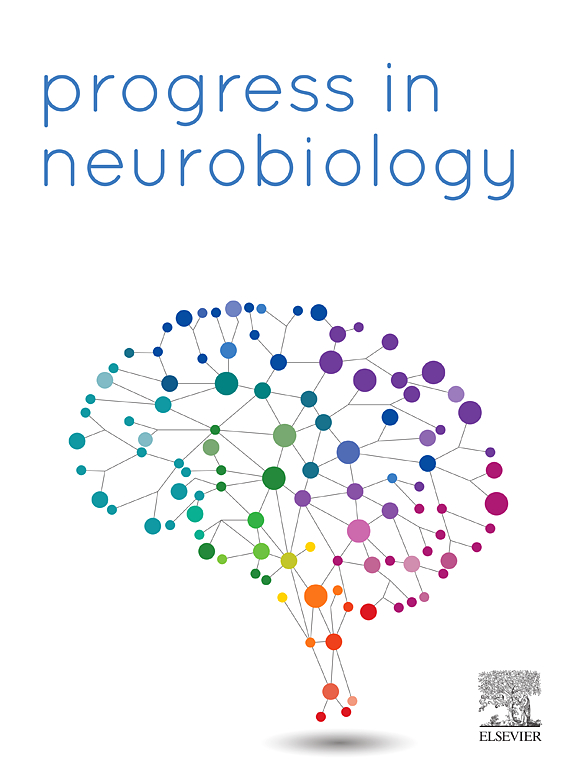眼动组织人海马的兴奋状态、信息编码和网络连接。
IF 6.1
2区 医学
Q1 NEUROSCIENCES
引用次数: 0
摘要
自然视觉是一个主动的感知过程,需要频繁的眼球运动来采样环境。尽管如此,视觉研究经常使用被动观看,眼睛的位置保持不变。通过对手术癫痫患者进行眼动追踪、视差刺激和同步颅内记录,我们测试了眼动信号在海马体和海马体-杏仁核回路中自然视觉加工过程中的关键作用。先前的研究表明,扫视在皮层和皮层下广泛的区域引起正在进行的神经兴奋性波动的阶段重置。本研究表明,与眼跳相关的重置系统地调节了神经元对视觉输入的整体反应,使信息在眼跳-固定周期中进行相位编码,并调节海马体和杏仁核之间的网络连接。因此,眼跳固定周期作为一个基本的采样单元出现,组织了一系列神经操作,包括输入表示、网络连接和信息编码。摘要:注视周期:一个基本的采样单元,组织输入表示、信息编码和网络激活。本文章由计算机程序翻译,如有差异,请以英文原文为准。
Eye movements organize excitability state, information coding and network connectivity in the human hippocampus
Natural vision is an active sensing process that entails frequent eye movements to sample the environment. Nonetheless vision is often studied using passive viewing with eye position held constant. Using closed-loop eye-tracking, with saccade-contingent stimulation and simultaneous intracranial recordings in surgical epilepsy patients, we tested the critical role of eye movement signals during natural visual processing in the hippocampus and hippocampal-amygdala circuit. Prior work shows that saccades elicit phase reset of ongoing neural excitability fluctuations across a broad array of cortical and subcortical areas. Here we show that saccade-related phase reset systematically modulates neuronal ensemble responses to visual input, enables phase-coding of information across the saccade-fixation cycle and modulates network connectivity between hippocampus and amygdala. The saccade-fixation cycle thus emerges as a fundamental sampling unit, organizing a range of neural operations including input representation, network connectivity and information coding.
Summary
Saccade-fixation cycle: a fundamental sampling unit, organizing input representation, information coding and network coordination.
求助全文
通过发布文献求助,成功后即可免费获取论文全文。
去求助
来源期刊

Progress in Neurobiology
医学-神经科学
CiteScore
12.80
自引率
1.50%
发文量
107
审稿时长
33 days
期刊介绍:
Progress in Neurobiology is an international journal that publishes groundbreaking original research, comprehensive review articles and opinion pieces written by leading researchers. The journal welcomes contributions from the broad field of neuroscience that apply neurophysiological, biochemical, pharmacological, molecular biological, anatomical, computational and behavioral analyses to problems of molecular, cellular, developmental, systems, and clinical neuroscience.
 求助内容:
求助内容: 应助结果提醒方式:
应助结果提醒方式:


